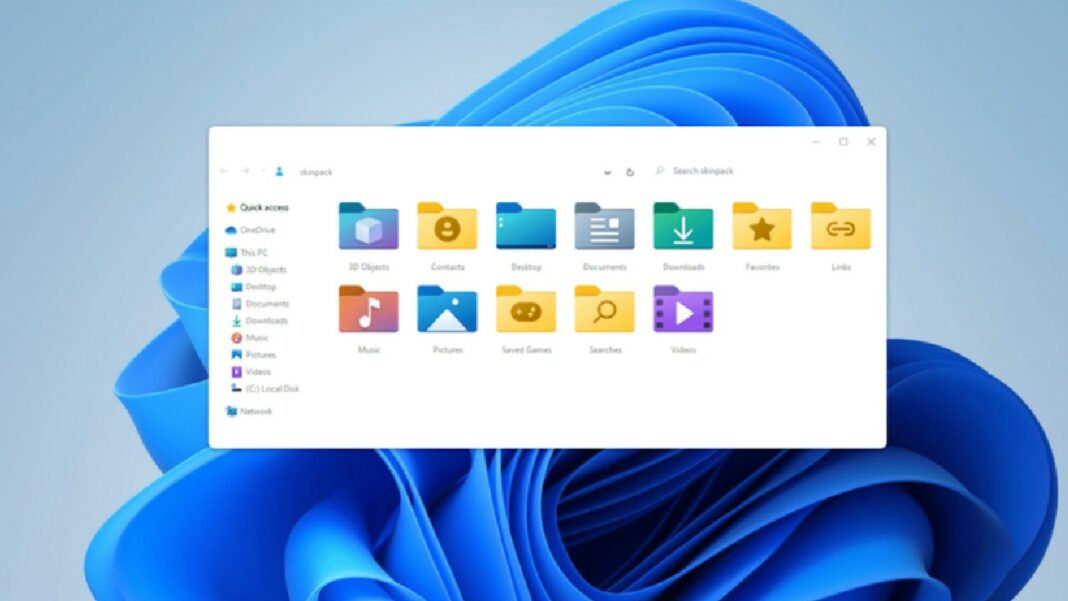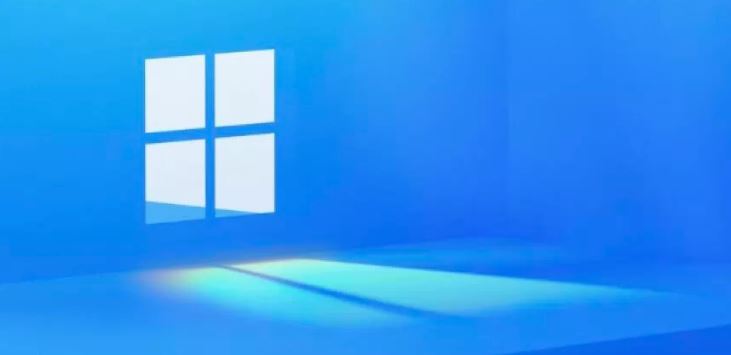


Instead, vendors store things like certificates and authentication keys in software, where it’s more vulnerable. It’s exactly the application should be using the TPM, but they don’t use it, right? Just because they don’t want to deal with that.” “Anything that has to do with VPNs or storing, you know, all the password managers, all those things. According to Myszne, however, most developers don’t take advantage of it because messing with the TPM has the chance to brick components. Windows gives applications access to the TPM, which makes it much more practical. To make sure there aren’t any unauthorized programs running, it gains deep access to the software running on your PC. In short, Secure Boot is tied to firmware stored on your motherboard, and checks everything that executes before the operating system loads. They offer increased security, assuming you use them. A strong password still works in place of biometric authentication for Windows Hello, and Bitlocker is only necessary if you want to encrypt your hard drive - and a lot of people don’t.

The applications of a TPM for most people are Windows Hello and Bitlocker, which aren’t strictly necessary. It’s a vault for secure data, as Jorge Myszne, co-founder and CEO of Kameleon Security, calls it. Even during a catastrophic event when your PC is compromised, no one will be able to crack into the TPM.

The TPM is notable because it’s set away from the CPU and other components. It’s a small chip that stores keys to decrypt data and other authentication information. There’s a good reason why, but that doesn’t address the problem TPM presented in the first place. Microsoft is standing its ground on this requirement, which has been around for PC manufacturers for a few years. It will now tell users what component isn’t compatible with Windows 11 and link to a support article, including articles about enabling firmware TPM. Now, Microsoft is addressing the issue with an updated PC Heath Check app. Recent motherboards support TPM through firmware, which is less secure than a hardware solution, but still enough to run Windows 11. Needless to say, a media frenzy followed as PC builders were told they couldn’t run Windows 11. It could, but Microsoft didn’t explain that I would need to enable the TPM through firmware. Microsoft’s old PC Health Check app said my gaming PC with a 10th-gen Core i9 couldn’t run Windows 11. You don’t need a dedicated TPM chip for Windows 11, but Microsoft did a bad job of explaining that. Microsoft Teams is getting new AI tools - and they’re free This new Windows 11 feature is a great addition for PC gamersĬhatGPT can now generate working Windows 11 keys for free


 0 kommentar(er)
0 kommentar(er)
